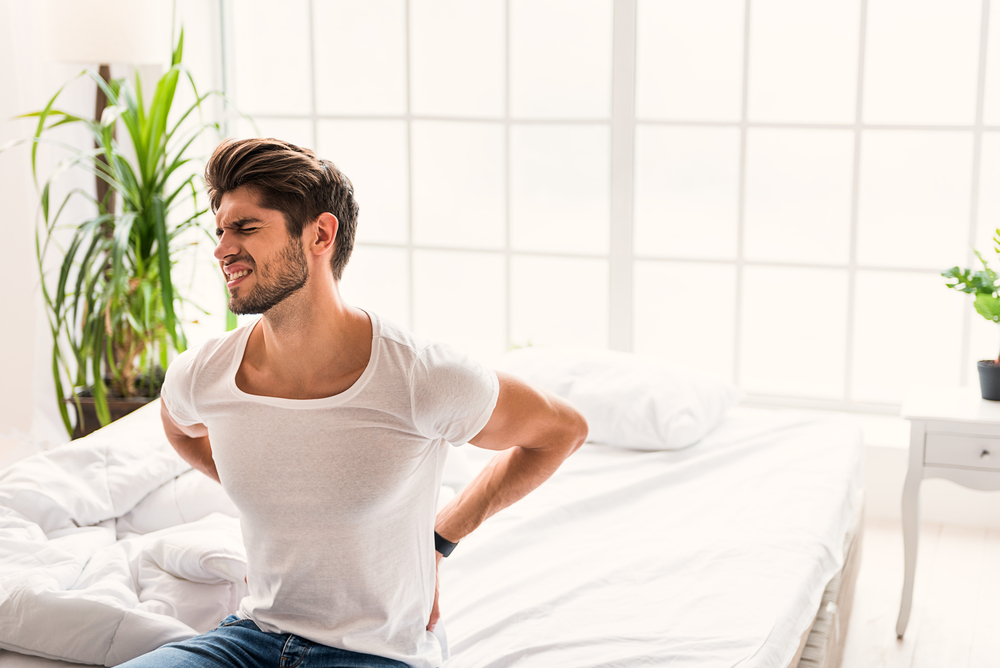Pressure ulcers or bedsores are areas of broken skin that are common to people who are immobile. This immobility may be caused by diseases or conditions that requires them to be confined to bed or wheelchair for extended periods of time. Pressure ulcers oftenly developed into bony areas of the body such as the hip, spine, lower back, tailbone, shoulder blades, elbows and heels. It is because pressure from this areas are intense that it temporarily cuts the skin’s blood supply leading to skin injuries. Other factors like skin conditions of the elderly and poor nutrition can cause the skin to be easily damaged.


